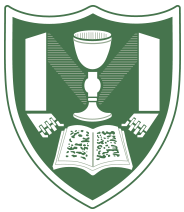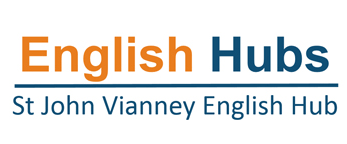
History
“The more you know about the past, the better prepared you are for the future.” – Theodore Roosevelt
At St John Vianney Catholic Primary School, History is taught on a repetitive cycle to be inclusive and to allow a depth of knowledge in key historical concepts. We aim to inspire our pupil’s curiosity to know more about the past history to investigate and interpret the past, build an overview of world history, understand chronology and communicate historically.
Intent
At St John Vianney’s history is held in a high regard. Our key aims in history are to ensure that our students experience a wide breadth of study and have, by the end of each key stage a depth of knowledge in key historical concepts.
We have adapted our history curriculum to distinguish between topic areas to focus on historical concepts and allow a breadth of high quality learning in areas that are ambitious and appropriate to each year group. Our topics are informed by the national curriculum and designed to cater for the needs of all children through inclusive practice.
For each of the threshold concepts, three milestones provide a progression model, each milestone includes the procedural and semantic knowledge that students need to understand the threshold concepts. We teach the concepts on a repetitive cycle, interleaving with the geography curriculum. This repetitive nature will allow the learning to enter the long-term memory and allow the children a greater depth and understand in their own learning.
We use the National Curriculum to shape the content and the high expectations of our curriculum. The Chris Quigley Essentials curriculum is used to help us structure this in each year group and look at progress within each phase. We have structured this so that each year group has:
a) A clear list of what must be covered.
b) The threshold concepts pupils should understand.
c) Criteria for progression within the threshold.
d) Criteria for the depth of understanding (Basic, Advancing and Deep)
Implementation
Our curriculum design is based on evidence from cognitive science; three main principles underpin it:
- Learning is most effective with spaced repetition.
- Interleaving helps students to discriminate between topics and aids long-term retention.
- Retrieval of previously learned content is frequent and regular, which increases both storage and retrieval strength.
In addition to the three principles above, we also understand that learning is invisible in the short term and that sustained mastery takes time. However, the repetitive cycle of the key concepts will allow all children to advance their understanding of key concepts over a longer period of time. This allows access to history for all children and more opportunities to develop a greater depth knowledge in history.
Impact
Through pupil surveys, this new approach has already shown a positive impact on the children’s enjoyment of history. Each child is given a clear but repetitive cycle of humanities. All completed work is placed in a designated history book which is marked in accordance with the schools marking policy. To monitor children’s progress, staff regularly update the KLIPS statements which are in-line with the national curriculum. The repetitive nature of the teaching of the humanities, also allows staff to address any misconceptions and include extra support needed.
Year 1 Knowledge Organiser
Year 2 Knowledge Organiser
Year 3 Knowledge Organiser
Year 4 Knowledge Organiser
Year 5 Knowledge Organiser
Year 6 Knowledge Organiser
Coronation activities in Nursery #SJVNursery #SJVHistory pic.twitter.com/l5Nr6x2flK
— St John Vianney (@sjvblackpool) May 3, 2023



